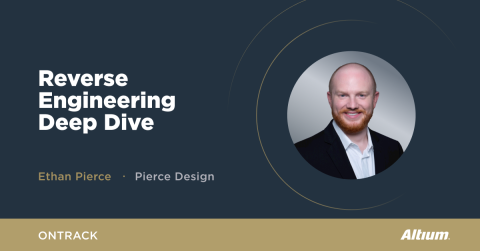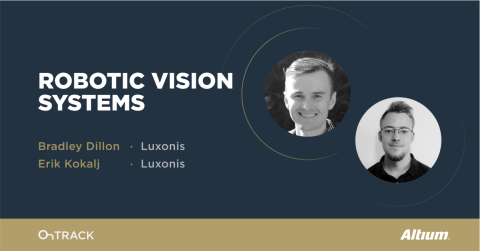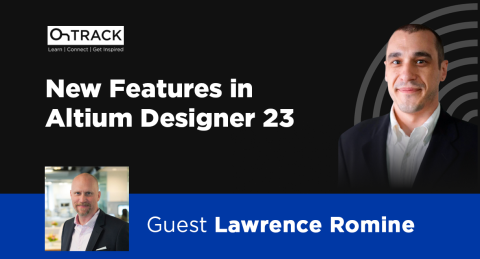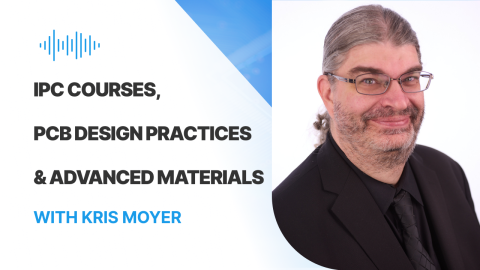Princeton Racing Electrical Team and the Formula Hybrid Competition with Jasper Gebhardt
Judy Warner: It is a pleasure to meet you both. Jasper, let’s begin with you. Will you please share what the Princeton Racing Electric team does, how the team was formed, and in what year?
Jasper Gebhardt: Princeton Racing Electric is a team of students who design, build, and race single-seat electric race cars. We compete in the Formula SAE collegiate design competitions, in particular, the Formula Hybrid competition. The team was founded by three mechanical engineering students in 2013 who noticed a lack of hands-on engineering groups at Princeton. It took a while to lay the groundwork for building a race car, and it wasn’t until 2015 that we entered a competition.
Warner: How many students are on the team currently and are they largely undergrads, grads or a mix?
Gebhardt: We currently have around 40 team members, all of them undergrads. They come from majors ranging from mechanical and electrical engineering to astrophysics and biology.
Warner: How is the team funded and what types of tools are available to the team on campus?
Gebhardt: We are funded through a combination of corporate sponsorships, individual donations, and University support. We have a small garage on campus where we work on and assemble the race car. We also have access to various University facilities, such as the machine shop where we make nearly every part of the vehicle. The software we use to design everything comes from both the University and from companies like Altium.
Warner: What accomplishments would you say the team is most proud of, and what are your aspirations for the future?
Gebhardt: We’re definitely proud of how quickly we have advanced, even past larger teams with more experience and funding. This past season, we placed 2nd in the electric division at Formula Hybrid. Looking towards the future, we want to keep building up our knowledge base, improving the design and production of our race cars, and expanding our reach to more challenges and competitions.
Warner: Congratulations on your electrical division win, that is very exciting! Ryoto, you are the electrical team lead which must make you proud. How many members do you have on your sub-team, what is your major at Princeton, and how far are you in your studies?
Ryoto Sekine: We have a team of 11 working on the electrical system this year. Roughly half of us work on the high voltage system (that’s the batteries, BMS, motor controllers, etc.), and the other half work on the low voltage system (startup, shutdown, and many of the safety regulating feedback systems). This year I’m the electrical team leader. I’m a junior majoring in electrical engineering and physics.
Warner: What are the major or unique challenges the electrical team faces in designing circuit boards and electrical systems for an electric car?
Sekine: Robustness. Our electrical system is designed to cope with the host of accidents that the car might face, such as AMS (Accumulator Management System), IMD (Isolation Monitoring Device), brake over-travel fault … the list is endless. This sometimes means making compromises of complexity vs. stability. Once our car passes inspection at the competition, it is our own team members who will be driving the car. This is an added incentive for us to make the car as fool-proof and safe as possible.
Warner: How many different types of circuit boards have been designed by the electrical team?
Sekine: To be honest, I don’t know. We go through so many designs. In last year’s car we started using PCBs for our precharge, discharge, tractive system status monitoring, and IMD and AMS regulating circuitry. Each board was tested thoroughly; many ended up on our “Wall of Shame” and were subsequently improved upon.
Warner: Even professional engineers and designers end up with board revisions on the scrap-pile, so you’re in good company there. Jasper, where and when is this year's competition?
Gebhardt: The Formula Hybrid competition is held at the New Hampshire Motor Speedway, a race track which also hosts NASCAR and motorcycle races. It’s held every year at the beginning of May; this year it’s from April 30 to May 3.
Warner: I’d like to ask both of you, how do you think this experience will help you in future careers?
Sekine: My current plan after Princeton is to go to graduate school for Solid State Physics with Quantum Computing applications. Many of the devices we fabricate in this field are on a chip that we connect to external circuitry. More often than not it is necessary to design these special external circuits on our own. Designing circuits and being exposed to powerful tools like Altium at PRE is a great way to prepare myself for this task.
Gebhardt: The experience and connections we’ve gained through PRE have led to countless opportunities, from internships at Formula One teams to careers at SpaceX and more. Students on PRE are in control of every step of the process, from designing and manufacturing to budgeting and fundraising. It’s an incredible experience to be able to see the progress in every aspect that turns our ideas into a vehicle that we actually drive, then to go back and improve on everything again the next year.
Warner: It sounds like a rich and rewarding experience that will indeed equip you for great careers ahead! Any final thoughts?
Gebhart: If your readers are interested in what we do, they are welcome to check out our website at princetonracing.com and find us on Instagram, Facebook, and Twitter!
Warner: Thank you both for your time. The entire Altium team (myself included) will certainly be watching your progress in 2018 and rooting for you all the way, so best of luck!
All photos credited to raylego.com









